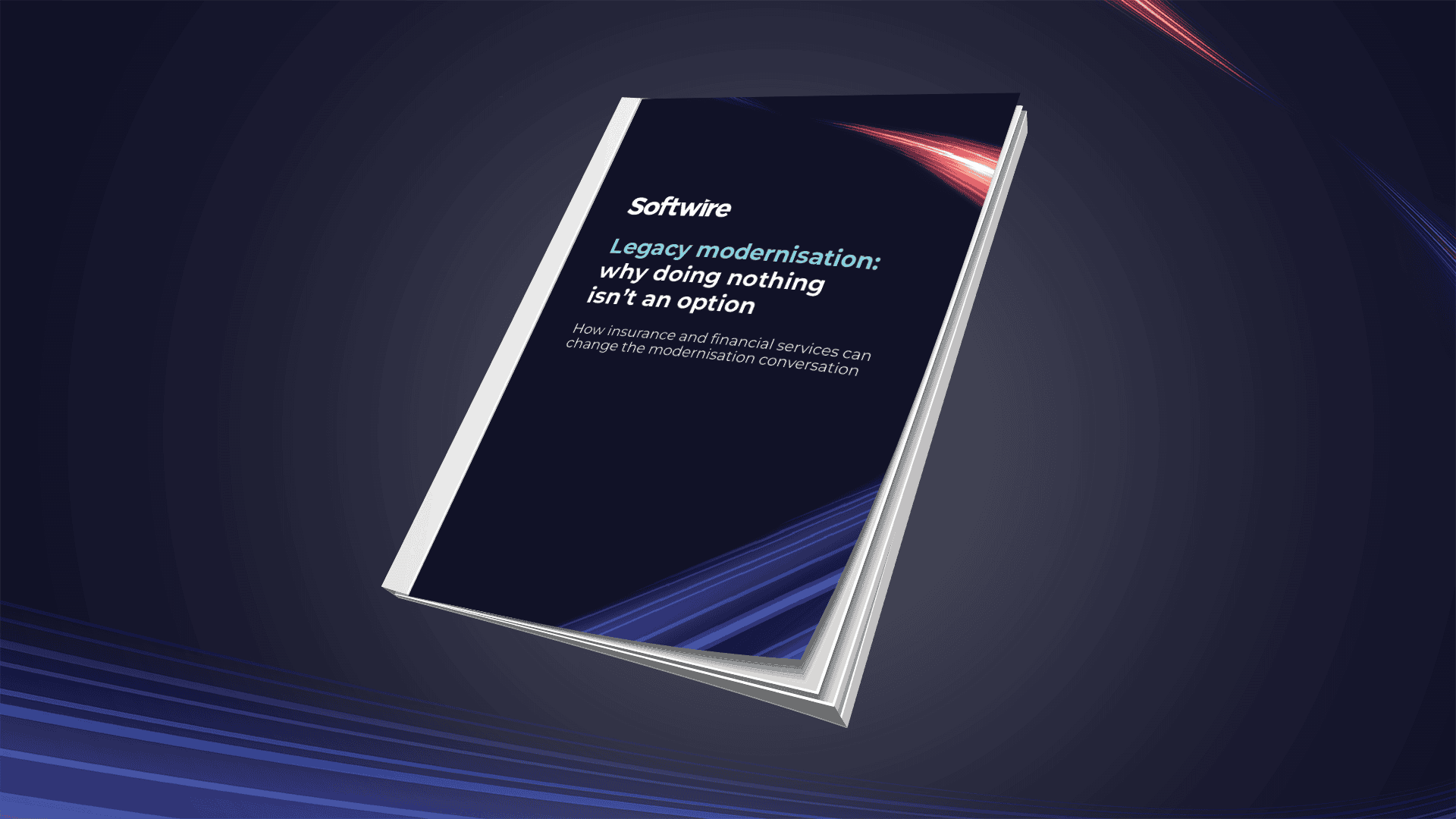
In our previous article on artificial intelligence (AI), we looked at some high-level ways in which machine learning and other contemporary AI techniques can make a difference to your business today.
To bring some of the concepts to life, we’ve picked out a few examples that show how AI is making a real difference at real organisations. From aviation safety to detecting fraudulent retail transactions, read on to be inspired about what you could do…
Heathrow Airport: Boosting capacity in low-visibility conditions
Operating at 98% capacity, Heathrow Airport runs a tight landing schedule, with planes arriving every few minutes for much of the day. When visibility is poor, air traffic controllers have to increase the time between incoming planes, for safety. This results in a 20% loss of landing capacity, which can lead to delays for customers.
Air traffic management service provider NATS hopes to use AI to eliminate this issue. Instead of relying on radar to know when a plane has cleared the landing strip, a non-operational trial earlier this year saw it deploy HD video cameras around the runways. These fed images into a machine learning system that interpreted them and informed air traffic controllers when the runway was clear. In its announcement of the trial, NATS said it believes the system will help Heathrow reclaim all of the lost capacity.
Lufthansa: Enhancing internal customer service
Elsewhere in aviation, German airline Lufthansa has been using IBM’s Watson platform to improve the way its internal call centre agents answer employee questions.
Traditionally, when someone called in with a problem, the call centre staff would draw on their own knowledge or delve into one of a number of data stores to find an answer. Now, the AI system enables them to search the support ticket database for similar issues that came up in the past. The AI tool then assesses how these were previously resolved and proposes a solution to the current caller’s problem.
According to the airline, the AI system gives the individual agents greater confidence in what they’re suggesting to their colleagues. Moreover, it’s reducing the business’s reliance on the knowledge of specific individuals.
Lufthansa is now exploring how the same system can be adapted to improve the way it interacts with passengers, with the aim being to offer more personalised service.
Elsewhere, it’s also testing whether Watson can reduce the significant amounts of manual effort traditionally required to keep flight operations manuals up to date following legal changes.
Experian: Improving IT operations to support fast, accurate credit-scoring
Credit score specialist Experian is using the AI-powered Dynatrace platform to improve the way it delivers services to customers. The Dynatrace system monitors Experian’s key IT applications and services in real time. It then uses AI to analyse the ecosystem and identify the causes of possible performance problems. This means these issues can be proactively targeted, either manually by humans or automatically by other systems.
In this way, AI forms part of Experian’s broader push towards automation in its IT operations.
Ocado: Detecting fraud in online retail
Most of us know it primarily for its online grocery business, but Ocado also offers an e-commerce system – the Ocado Smart Platform – that other online retailers can use to underpin their operations.
Fraud-detection represents a major challenge for these organisations, not least because of the numbers of transactions they’re processing and the ever-changing tactics of fraudsters. Ocado has been using machine learning to spot cases of potential fraud, with impressive results. The algorithm, running in Google Cloud using TensorFlow, has improved detection by a factor of 15, according to Ocado.
First Central Group: Better understanding its business and its customers
Like any insurance business these days, First Central Group is collecting huge amounts of data. This includes structured data, such as policy information, customer details and transaction data. It also has plenty of unstructured information, such as customer call and web chat transcripts. Both structured and unstructured data is stored in a data lake, which enables it to apply machine learning algorithms to identify trends and insights on how different areas of its operations are running.
DeepMind and Moorfields Eye Hospital: Screening eye scans for signs of trouble
To complete this roundup, there’s the pioneering healthcare research carried out by DeepMind and Moorfields Eye Hospital, a project Softwire was involved with.
DeepMind created an AI system that can correctly diagnose and recommend how patients should be referred for treatment for more than 50 sight-threatening eye diseases – and do so as accurately as world-leading expert consultants and specialists.
You can do it too
These examples highlight the breadth of use cases for AI today, even in its current, narrow form. And the good news is that you don’t need enormous resources to start benefiting from these technologies yourself. With so many tools available in the cloud, AI has never been more accessible to anyone. In our next piece, we’ll look at some practical ways to get started.


